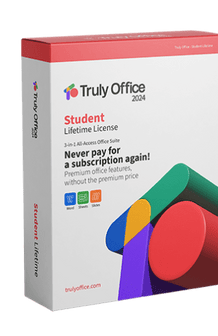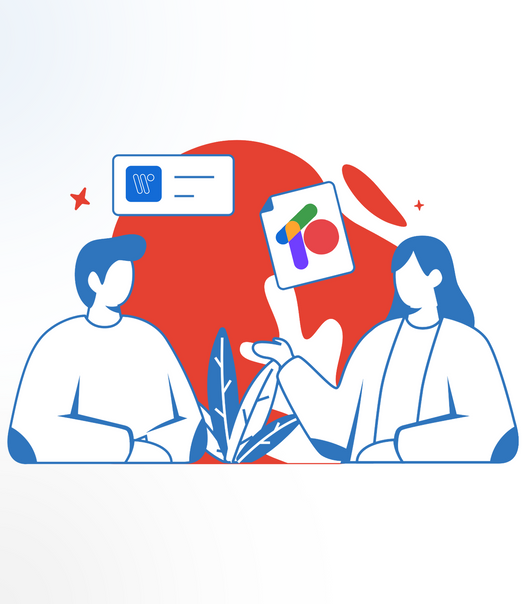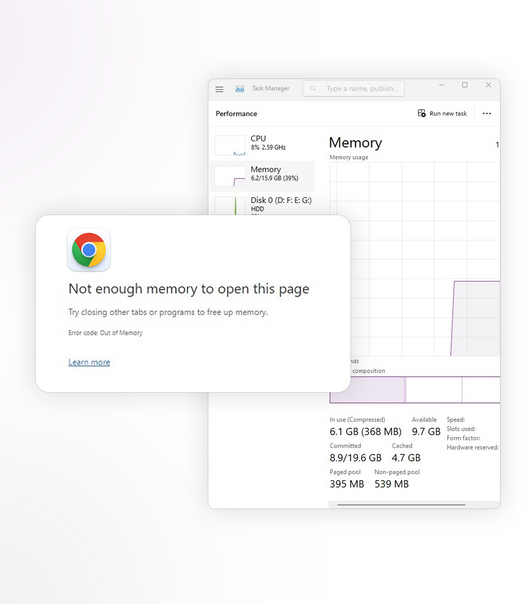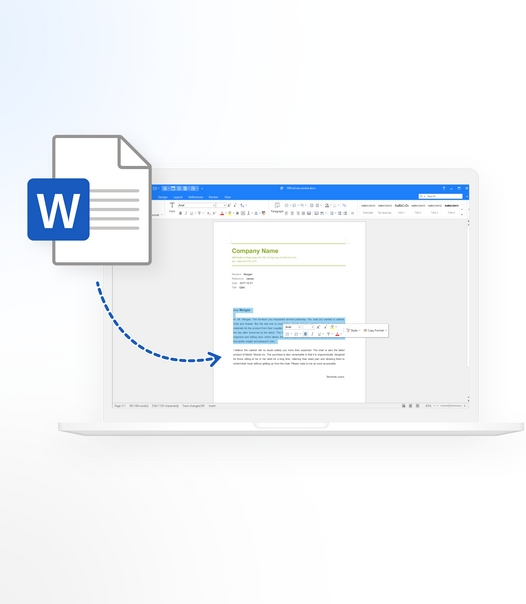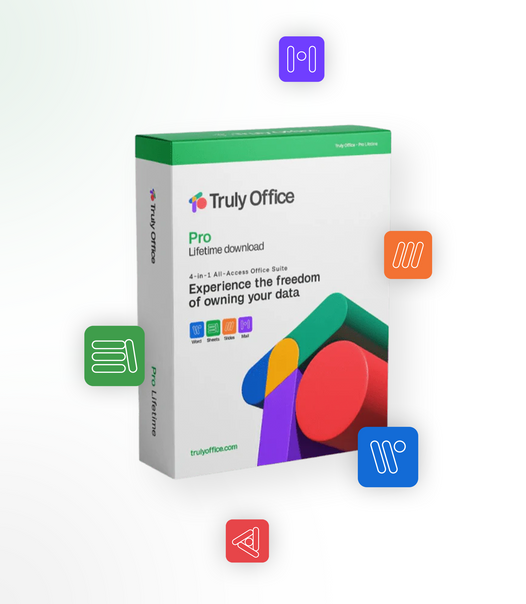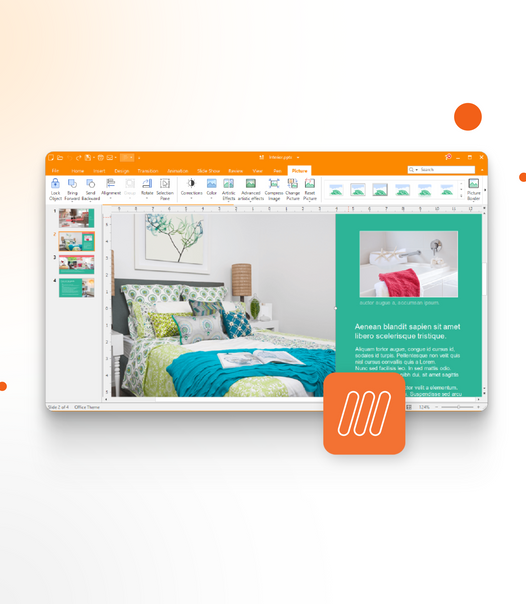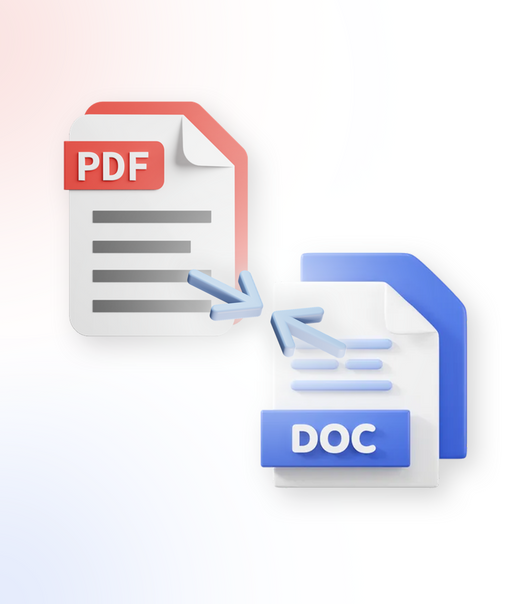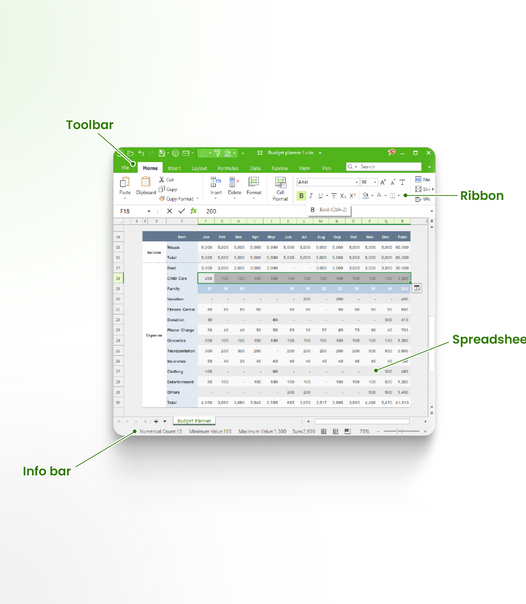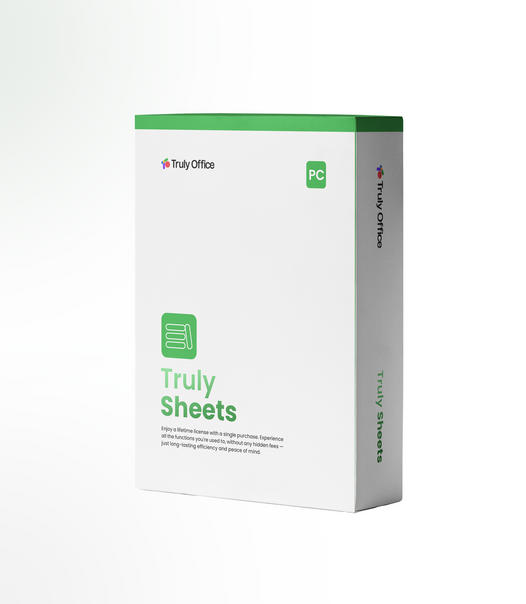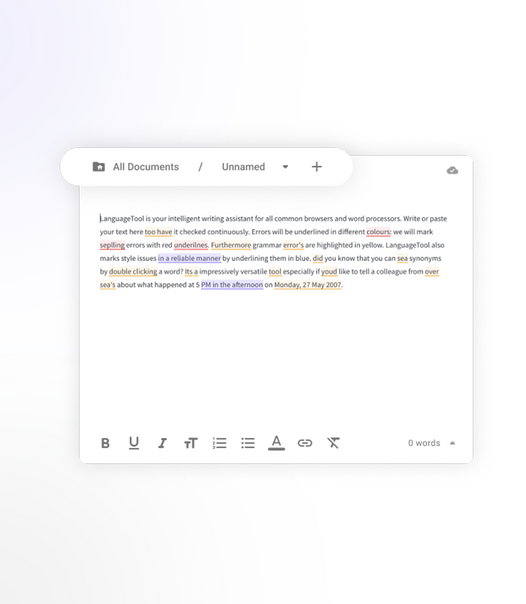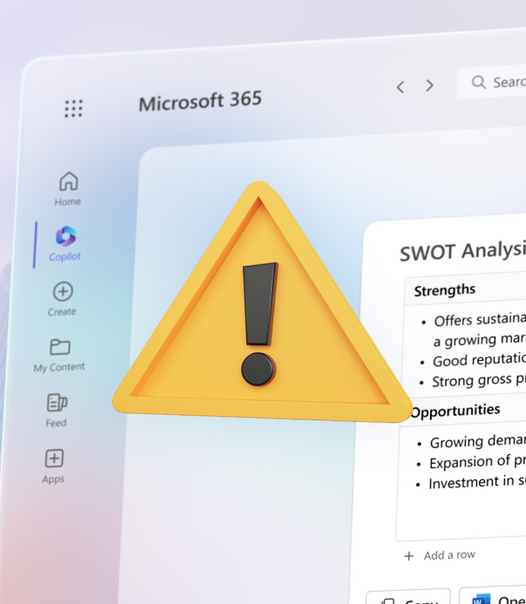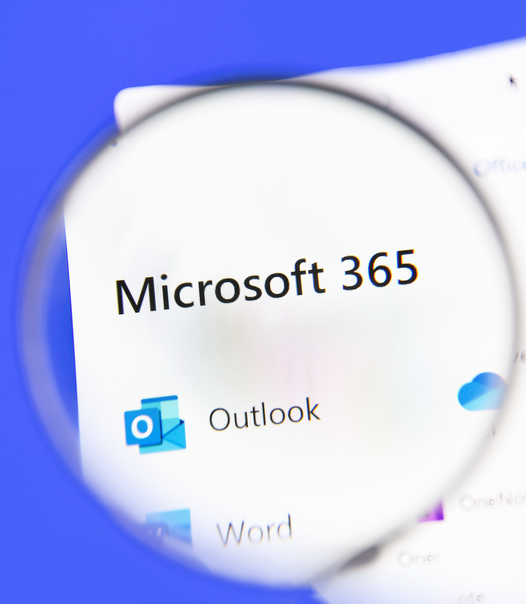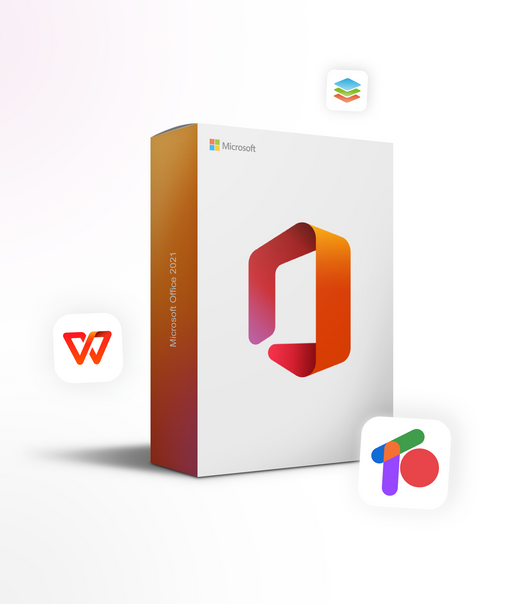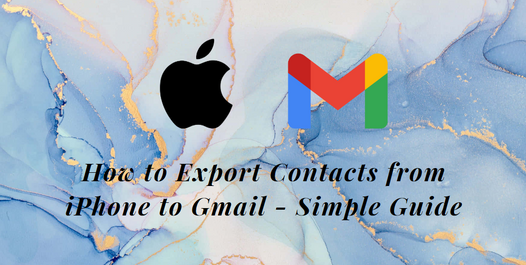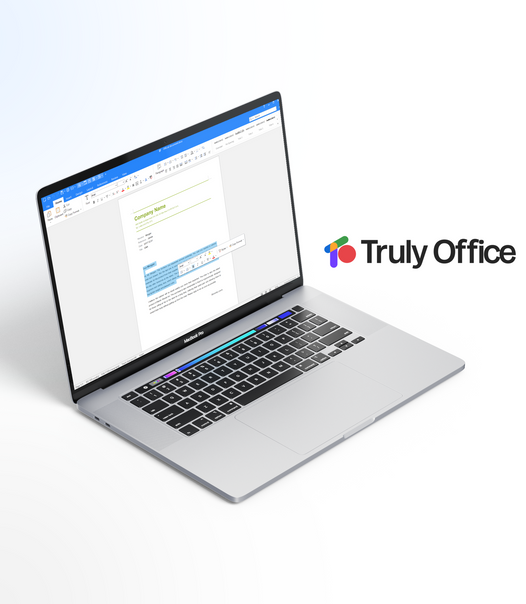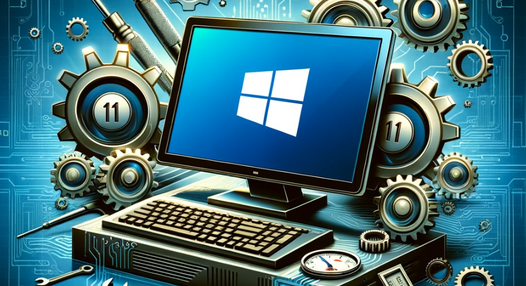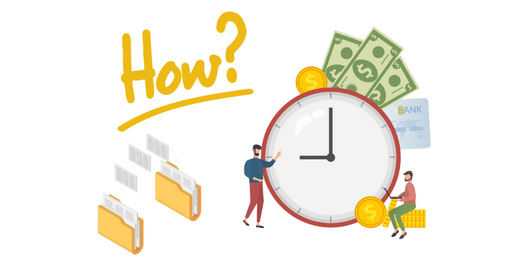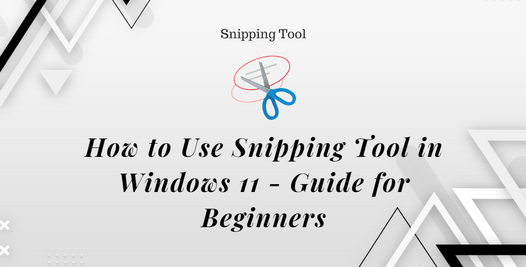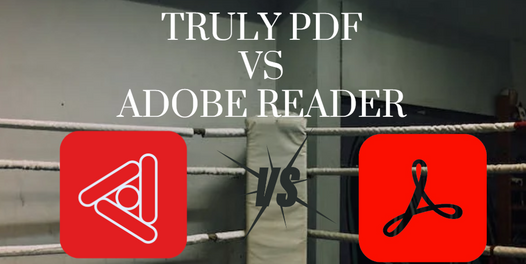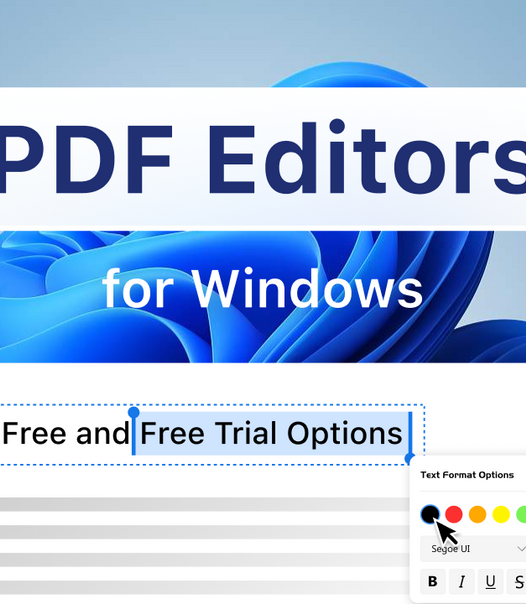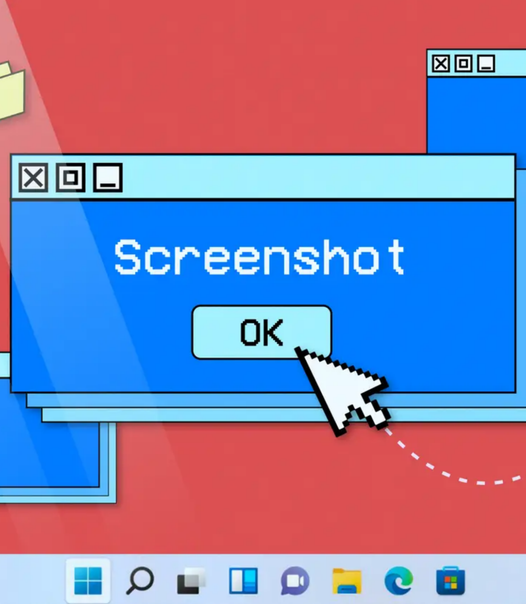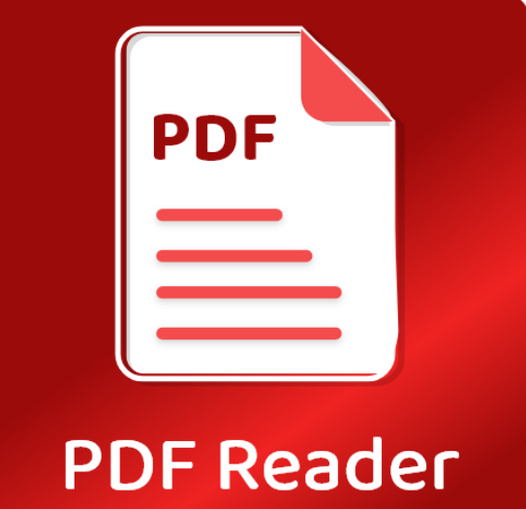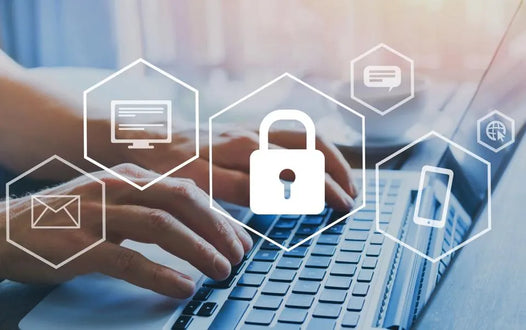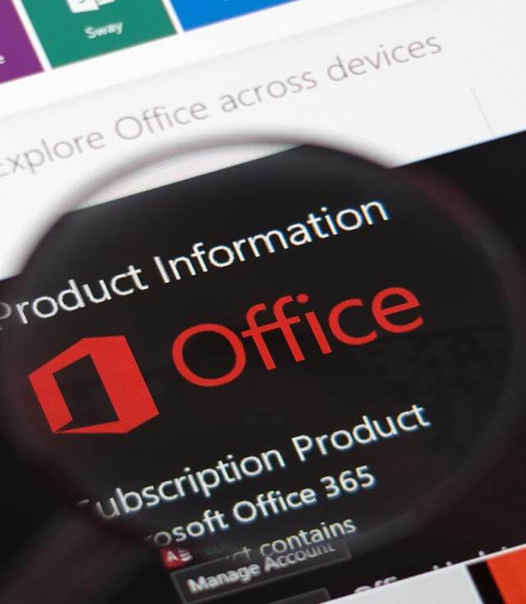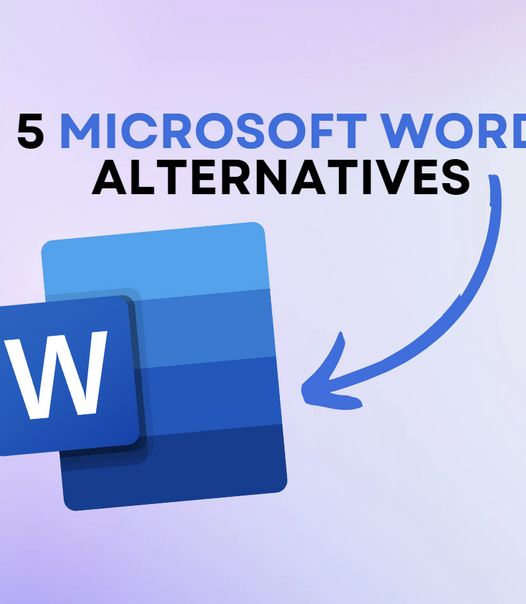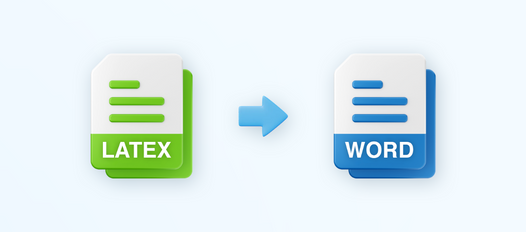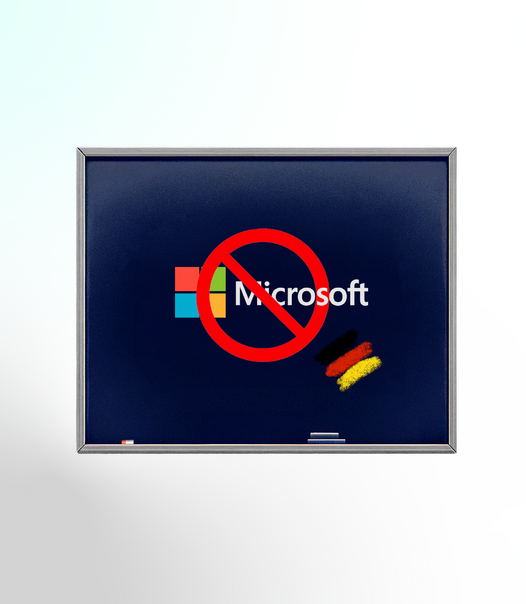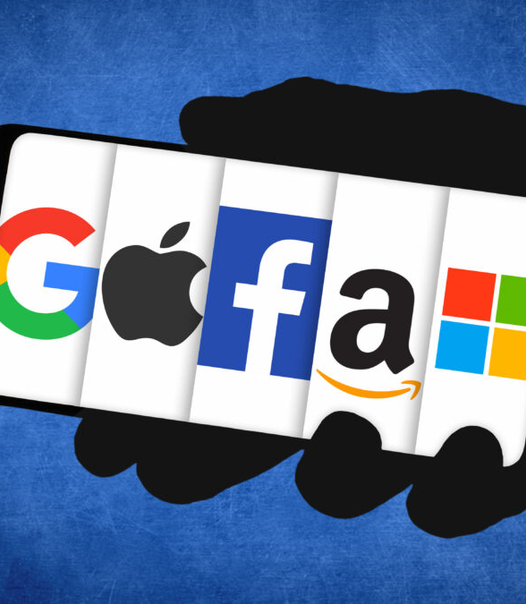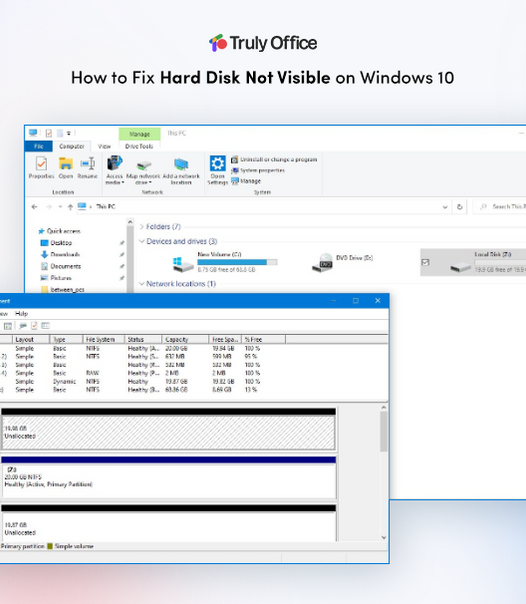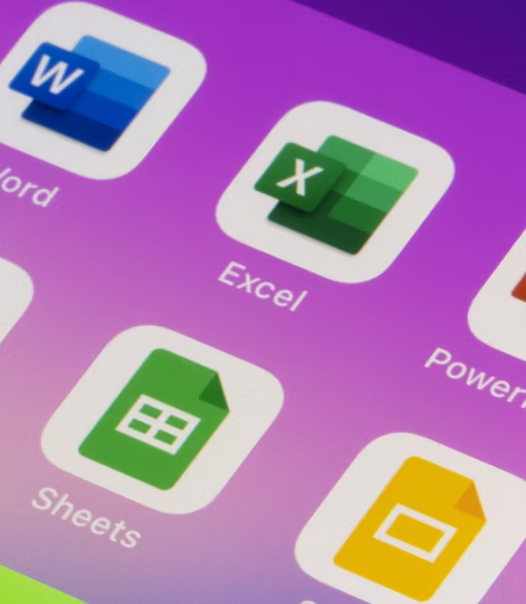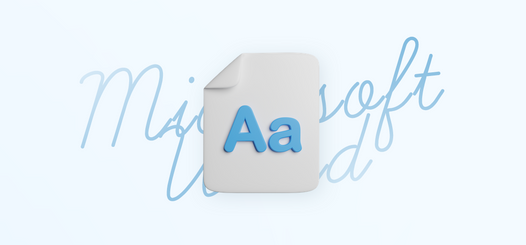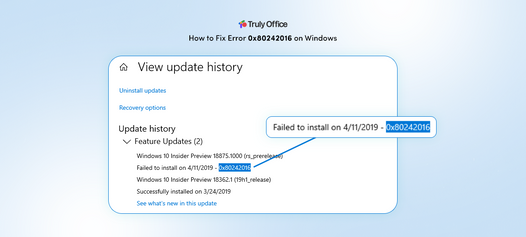Pen and paper has long been the tradition in office settings but with the rise of technology more and more people are transitioning to paperless offices.
The idea of a paperless office goes beyond just saving trees; it's about transforming the way we handle information, collaborate with colleagues, and manage our tasks. With the help of modern software tools, you can transition from the traditional pen-and-paper approach to a more organized, accessible, and eco-friendly way of working.
Now, without any further ado, get ready to unlock new levels of productivity and efficiency as we embark on this paperless office adventure together.
What Is a Paperless Office?

A paperless office is an environment where the use of physical paper is reduced or eliminated through the adoption of digital processes and technology. This means that all information, documents, and communication are managed and stored electronically instead of using traditional pen and paper methods. In a paperless office, digital tools and technologies create, store, and manage documents, leading to increased efficiency, cost savings, and environmental sustainability.
The transition to a paperless office marks a paradigm shift in how businesses and organizations manage their information and workflows. Historically, offices relied heavily on paper documents for various processes, including record-keeping, correspondence, and collaboration.
The Benefits of a Paperless Office
Going paperless comes with numerous benefits, both for individuals and organizations. Here are some of the top advantages of transitioning to a paperless office:
- Environmental: Going paperless reduces the need for paper production, which saves trees and decreases pollution from manufacturing and transportation. It also helps lower your carbon footprint, contributing to a healthier planet.
- Organization: Digital documents are easier to organize and find than physical paper. With the right software, you can quickly search for keywords, sort files into folders, and use tags to categorize information. This streamlined organization saves time and minimizes frustration.
- Accessibility: Digital documents can be accessed from anywhere with an internet connection. This is especially helpful for remote work or on the go. No more digging through file cabinets – everything you need is just a few clicks away.
- Reduced Costs: Storing and managing paper documents can be expensive due to the need for physical storage space, printing supplies, and maintenance. Going paperless eliminates these costs and allows you to allocate resources more effectively.
- Collaboration: Digital documents can be easily shared and collaborated on in real-time. Multiple team members can work on the same document simultaneously, making teamwork more seamless and efficient.
- Security and Recovery: Digital documents can be backed up regularly and stored securely in the cloud. This ensures that important information is protected from physical damage, such as fires or floods, and can be recovered quickly in case of an unexpected event.
- Space Saving: Physical documents take up valuable office space. Going paperless reduces clutter and frees up space that can be used for more productive purposes.
Essentially, going paperless is a win-win situation for the environment and businesses. It helps reduce waste and carbon footprint and results in improved efficiency, productivity, and cost savings, allowing companies to focus on their core tasks.
How to Transition to a Paperless Office

The advantages of transitioning to a paperless office are abundant, but the initial shift might appear overwhelming. Yet, with some planning, commitment, and the utilization of digital tools, you can seamlessly make the switch. Embracing this change not only reduces environmental impact but also streamlines processes, enhances accessibility, and boosts efficiency within the workplace.
To sum up, here are some key steps to follow when transitioning to a paperless office:
1. Assess Your Current Paper Usage
Take note of all the daily processes that heavily rely on paper - from jotting down quick notes to printing out reports. By thoroughly documenting these instances, you'll gain a comprehensive overview of what aspects can benefit from digitization. This analysis will guide you in selecting the most suitable tools and software to invest in for a smoother transition to a paperless workflow.
2. Invest in Document Management Software
Choosing the right software is crucial for managing and organizing digital documents. Look for features like a user-friendly interface, cloud storage, collaboration tools, and security measures. Suites like Truly Office are perfect for the job.
3. Digitize Existing Paper Documents
Take any physical document, whether a report, a handwritten note, or an important receipt, and convert it into a convenient digital file. Initially, this process may require some time investment, but it promises to spare you the hassle of managing paper documents in the long run. You can scan the documents directly or recreate them digitally by typing them out in your chosen document management software.
4. Implement a Document Management System
Create a structure for organizing your digital documents and stick to it. This will make finding, sharing, and collaborating on files easier. You might want to use an online storage system or a server that can be accessed by anyone in the organization. If your organization already has a file storage system, you can incorporate your digital documents into it.
5. Train Employees
Ensure everyone in the organization knows about the transition to a paperless office and understands how to use the new software and processes. Providing proper training and support is important to avoid any difficulties during the transition. If your team is not tech-savvy, consider hiring a professional to ensure everyone is up to speed.
Be sure to provide ample information and resources to help employees understand the new workflows in your paperless office. This will help them feel more motivated and invested in the transition process.
6. Implement Protocols
Establish guidelines for securely handling digital documents and disposing of physical documents after digitizing them. This is important for maintaining data privacy and confidentiality.
7. Encourage Digital Communication
Instead of printing emails or documents, encourage employees to communicate and collaborate digitally through tools like email, messaging apps, and project management software.
Transitioning to a paperless office offers environmental benefits, increased efficiency, and cost savings. By following steps and best practices, organizations can achieve a streamlined workplace while reducing paper usage.
Tools and Technologies for a Paperless Office

Are you not sure what tools and technologies you can use to facilitate the transition to a paperless office? Plenty of options are available, depending on your specific needs and budget. Whether you want to reduce paper usage or completely eliminate it, there are tools that can help you achieve your goal.
- Document management systems (DMS) enable organizations to digitize, organize, and retrieve documents efficiently, eliminating the need for physical storage space and enhancing accessibility. They also have security features to protect important information from cyber threats. Popular DMS options include Microsoft SharePoint, Google Drive, and Dropbox.
- Productivity suites are the heart of a paperless office. Tools like Truly Office, Microsoft Office, and Google Workspace enable users to digitally create, edit, share, and collaborate on documents. These suites offer real-time editing, version control, and cloud storage for seamless document management, whether it's reports, spreadsheets or articles.
- Project management software can digitally manage tasks, projects, and workflows. Tasks can be assigned to team members, deadlines set, and progress tracked in real time. This eliminates the need for physical task lists and paper reports, making collaboration more efficient and organized. Popular options include Asana, Trello, and Microsoft Project.
- Cloud storage is another essential tool for a paperless office. It allows you to store and access digital documents from anywhere, as long as you have an internet connection. This eliminates the need for physical storage space and reduces the risk of data loss due to natural disasters or hardware malfunctions. Popular options include Truly Cloud, OneDrive and Google Drive.
You can start small and gradually incorporate these tools into your workflow to make the transition smoother. With the right tools and technologies, going paperless can be a breeze for any organization.
With that, we now know that paperless office software has become essential for streamlining work processes and boosting productivity. Several versatile tools cater to different needs, making it easier than ever to transition to a paperless work environment. Among the leading options are the following suites:
1. Truly Office

Truly Office is an emerging all-in-one solution that empowers businesses and teams with its comprehensive suite of tools. Designed to enhance collaboration and productivity, Truly Office combines document management, task tracking, and team communication in a single platform.
This makes it an attractive option for modern workplaces transitioning to paperless operations and optimizing their workflow.
Truly Office Key Features
- Document Editing: Truly Office offers a range of tools for creating, editing, and sharing documents in various formats, fostering a seamless collaborative environment. The suite includes Truly Word (word processing), Truly Sheets (spreadsheets), Truly Slides (presentations) and more to facilitate document management.
- File Sharing: Truly Office provides cloud storage via Truly Cloud that allows easy sharing and access to files, ensuring documents are available to authorized users from anywhere. Store gigabytes of data and organize them in a secure system without hassle.
- Customizable Workflows: Tailor the platform to your team's needs by creating customized workflows that align with your business processes. Each and every application in Truly Office is designed to help you digitize and automate your day-to-day tasks, making it easier to manage projects.
- Compatibility: Truly Office's best feature is its extensive support for industry-standard file formats like DOCX, XLSX, and PPT. This makes it super easy to migrate existing documents into the platform and collaborate or share files with colleagues and clients who use other document management software.
Truly Office Pros and Cons
| Pros | Cons |
| Truly Office's integration of document editing, task management, and team communication minimizes the need for multiple software applications. | While Truly Office aims to be an all-in-one solution, some users might miss integration options with specific third-party tools they are accustomed to. |
| The combination of real-time document editing and team messaging fosters efficient collaboration among team members. | |
| By centralizing document management and communication, Truly Office saves time and reduces errors. |
2. Microsoft Office

Microsoft Office stands as a comprehensive suite of applications designed to enhance productivity and efficiency in various work settings. This suite offers a range of tools that cater to different needs, allowing users to collaborate seamlessly and manage tasks effectively.
Microsoft Office Key Features
- Microsoft Word: This powerful word-processing software enables users to easily create, edit, and format documents. It offers advanced features for precise formatting and document styling.
- Microsoft Excel: Widely used for data analysis and manipulation, Microsoft Excel offers a spreadsheet platform capable of handling complex calculations, charts, and data visualization.
- Microsoft PowerPoint: Perfect for creating impactful presentations, PowerPoint offers a range of design tools, templates, and animation effects to engage your audience effectively.
- Microsoft Outlook: An integral part of Microsoft Office, Outlook provides a feature-rich email client that integrates email, calendar, and contacts management. With a user-friendly interface, it simplifies communication and scheduling tasks.
- Microsoft OneDrive: This cloud storage solution seamlessly integrates with Microsoft Office, enabling users to access, share, and collaborate on documents from anywhere with an internet connection.
- Microsoft Teams: A communication and collaboration platform, Teams facilitates virtual meetings, chat, and file sharing, making it particularly valuable for remote teams.
Microsoft Office Pros and Cons
| Pros | Cons |
| Microsoft Office applications offer a wide range of features to cover various tasks, from document creation to data analysis. | Microsoft Office is associated with a higher upfront cost, especially for full business licenses. |
| Many Microsoft Office applications can be used offline, ensuring productivity even without an internet connection. | Most tools, features, and updates are locked behind a subscription-based service. |
| Microsoft Office's popularity means that many users are already familiar with its interface and functionalities. | Document formatting and features might appear differently when shared with users using different versions of Microsoft Office or other software. |
| Privacy risks and concerns have led to Microsoft Office 365 getting banned in countries like Germany. |
3. Google Workspace

Google Workspace is a powerful set of online tools designed to boost collaboration and streamline tasks for businesses and teams. This suite of applications provides a cloud-based platform that allows users to work together on documents, spreadsheets, presentations, and more in real time.
It's particularly useful for remote teams or those working from different locations, enabling seamless communication and editing.
Google Workspace Key Features
- Gmail: Professional email with generous storage and powerful search capabilities.
- Google Docs: Collaborative word processing with real-time editing and commenting.
- Google Sheets: Online spreadsheets for data management and analysis.
- Google Slides: Create and present slideshows with dynamic visuals.
- Google Drive: Cloud storage for easy access and sharing of files.
- Google Meet: Video conferencing and virtual meeting.
Google Workspace Pros and Cons
| Pros | Cons |
| Multiple users can work on the same document simultaneously, creating an easy collaborative environment. | Limited functionality, especially when working without an internet connection. |
| Intuitive interface suitable for users of various tech levels. | Data stored on Google servers might raise security and privacy questions for some. |
| Seamlessly integrates with other Google services and some third-party integrations. |
Should My Business Go Paperless?
The decision to transition to a paperless system for your business should align with its specific requirements. While there are numerous advantages, thoughtful planning is crucial. Evaluating the costs associated with software and training initially can lead to long-term savings by reducing printing and storage expenses.
Examining security aspects is crucial as digital files can be encrypted and backed up for better protection than physical documents. Implementing strong security measures is vital to protect sensitive data from cyber threats. This allows your paperless office to facilitate team collaboration and real-time document sharing, enhancing efficiency and productivity.
Ultimately, going paperless should benefit your business goals and improve overall operations. With all-in-one solutions available like Truly Office, Microsoft Office, and Google Workspace, transitioning to a paperless office has never been easier. Consider your team's needs and choose the software that best fits your requirements for a seamless, paperless experience.
Conclusion
Embracing a paperless office isn't just about saving trees; it's about boosting your productivity in unexpected ways. By implementing the strategies discussed in this article, you can transform your work environment into a digital haven of efficiency.
As technology continues to evolve, the future of paperless offices holds exciting possibilities. Imagine AI-powered document organization, virtual meeting rooms with digital whiteboards, and automated approval processes.
The road ahead promises even greater efficiency and innovation, so embrace the power of digital tools, train your team, and witness the transformation in how you work and achieve. Say goodbye to the stacks of paper and hello to a new era of productivity.
Supercharge Your Productivity With Truly Office
Discover a new way to enhance your productivity with Truly Office - the ultimate alternative to Microsoft Office. Unlock a world of possibilities by exploring our website and discovering the power of Truly Office.
Don't miss out on valuable writing tips, troubleshooting advice, and informative articles. Take your writing skills to the next level.
Ready to revolutionize your office suite? Dive deeper into our comprehensive suite of tools designed to make your work life easier.
Join the growing community of satisfied users who have already switched to Truly Office.
Don't settle for the status quo. Remember, success starts with the right tools. Visit Truly Office now and experience a whole new level of productivity.

